Home>Gardening & Outdoor>Landscaping Ideas>What Is Artificial Grass
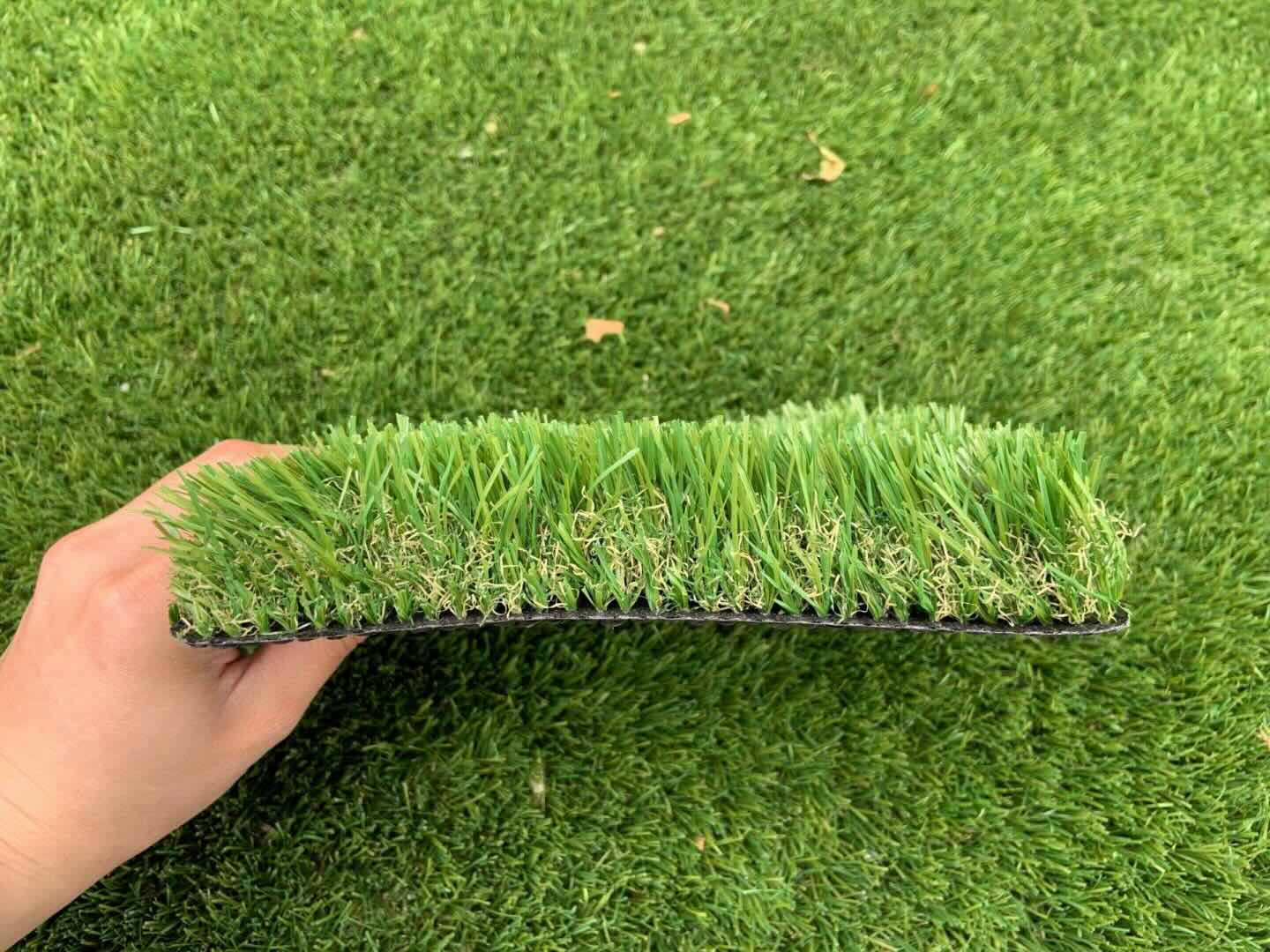

Landscaping Ideas
What Is Artificial Grass
Modified: August 28, 2024
Discover the benefits of artificial grass for landscaping ideas. Learn about the low-maintenance and cost-effective solution for your outdoor space.
(Many of the links in this article redirect to a specific reviewed product. Your purchase of these products through affiliate links helps to generate commission for Storables.com, at no extra cost. Learn more)
Introduction
Welcome to the world of artificial grass, where lush green lawns and vibrant landscapes are no longer limited to natural turf. Artificial grass, also known as synthetic turf, has revolutionized the way people design, maintain, and enjoy outdoor spaces. This innovative alternative to traditional grass has gained popularity for its durability, low maintenance requirements, and eco-friendly appeal. Whether you’re a homeowner looking to transform your backyard or a business owner seeking a cost-effective landscaping solution, artificial grass offers a plethora of benefits that cater to various needs and preferences.
In this comprehensive guide, we’ll delve into the fascinating realm of artificial grass, exploring its history, composition, benefits, applications, maintenance, and environmental impact. By the end of this journey, you’ll have a profound understanding of why artificial grass has become a go-to choice for creating stunning, sustainable outdoor environments.
Key Takeaways:
- Artificial grass offers low-maintenance, durable, and eco-friendly landscaping. It saves water, reduces chemical usage, and enhances outdoor spaces with vibrant, pet-friendly surfaces.
- From sports fields to residential lawns, artificial grass provides versatile, all-season appeal. Its minimal upkeep, long-term sustainability, and diverse applications redefine modern landscaping.
Read more: What Is Decking
History of Artificial Grass
The history of artificial grass traces back to the mid-20th century, with its origins intertwined with the world of sports. In the 1960s, the Ford Foundation provided funding for research and development of synthetic turf as a solution to the challenges posed by natural grass in athletic fields. This marked the beginning of a transformative journey that would revolutionize the landscaping and sports industries.
The first notable use of artificial grass can be attributed to the Houston Astrodome, often referred to as the “Eighth Wonder of the World.” In 1966, the Astrodome made history by installing a pioneering brand of synthetic turf called ChemGrass, which later became known as AstroTurf. This milestone not only introduced a game-changing surface for sports but also sparked widespread interest in the potential applications of artificial grass beyond athletic arenas.
As technological advancements and innovative materials continued to evolve, artificial grass transcended its initial purpose in sports and gained traction in residential and commercial landscaping. The development of softer, more realistic synthetic fibers and enhanced drainage systems further propelled the popularity of artificial grass, offering a visually appealing and practical alternative to natural lawns.
Today, artificial grass stands as a testament to human ingenuity and environmental consciousness. It has become a staple in myriad settings, from residential lawns, playgrounds, and rooftop gardens to commercial spaces, putting greens, and public parks. The rich history of artificial grass reflects its remarkable journey from a niche solution to a versatile, sustainable landscaping option embraced by individuals, businesses, and communities worldwide.
Composition of Artificial Grass
Artificial grass is a marvel of modern engineering, comprising a blend of carefully selected materials that collectively emulate the look and feel of natural grass. The key components of artificial grass include:
- Synthetic Fibers: The foundation of artificial grass lies in its synthetic fibers, typically made from polyethylene or polypropylene. These fibers are engineered to withstand varying weather conditions, heavy foot traffic, and UV exposure while retaining a lifelike appearance. Advanced manufacturing techniques ensure that the fibers exhibit a natural sheen and soft texture, closely resembling the characteristics of real grass.
- Backing Material: Beneath the synthetic fibers, artificial grass features a durable backing material that provides stability and support. This backing is often composed of a blend of materials such as latex, polyurethane, or a combination of both, offering resilience against moisture and ensuring dimensional stability.
- Drainage System: To mimic the natural drainage properties of soil, artificial grass is equipped with a perforated backing that facilitates efficient water drainage. This feature prevents water from accumulating on the surface, making artificial grass suitable for various weather conditions and reducing the risk of waterlogging.
- Infill Materials: In certain installations, artificial grass may incorporate infill materials such as silica sand and rubber granules. These infills enhance the stability, resilience, and shock absorption of the turf, creating a comfortable and safe surface for activities.
Collectively, these components work in harmony to deliver a resilient, aesthetically pleasing surface that mirrors the allure of natural grass while offering unparalleled durability and versatility. The composition of artificial grass reflects a meticulous fusion of science and artistry, resulting in a landscaping solution that transcends the limitations of traditional turf.
Benefits of Artificial Grass
Artificial grass presents a myriad of advantages that cater to the diverse needs and preferences of homeowners, businesses, and communities. Understanding the benefits of artificial grass unveils its transformative potential in enhancing outdoor spaces and redefining the concept of sustainable landscaping. Here are some of the compelling advantages:
- Low Maintenance: One of the most prominent benefits of artificial grass is its minimal maintenance requirements. Unlike natural turf, synthetic grass does not necessitate mowing, watering, or extensive upkeep. This translates to significant time and cost savings, making it an appealing choice for individuals seeking a hassle-free lawn solution.
- Durability: Artificial grass is engineered to withstand heavy use and adverse weather conditions without compromising its visual appeal. Its resilience against wear and tear, fading, and pet-related damage ensures a long-lasting, vibrant lawn that remains pristine throughout the year.
- Water Conservation: By opting for artificial grass, individuals contribute to water conservation efforts by eliminating the need for regular watering. This eco-conscious choice aligns with sustainable practices and reduces water consumption, especially in regions prone to drought or water restrictions.
- Versatility: Synthetic turf offers unparalleled versatility, making it suitable for a wide range of applications. Whether used in residential landscaping, commercial developments, sports fields, or recreational areas, artificial grass adapts seamlessly to diverse environments, elevating the aesthetics and functionality of outdoor spaces.
- All-Season Appeal: Unlike natural grass, which may succumb to seasonal changes and require extensive care, artificial grass maintains its lush green appearance year-round. Its consistent vibrancy and resilience to temperature fluctuations ensure a visually captivating landscape in every season.
- Safe and Pet-Friendly: Artificial grass provides a safe, pet-friendly surface that withstands pet activities and facilitates easy maintenance. With proper installation and maintenance, synthetic turf offers a durable, non-toxic solution for pet owners seeking an outdoor space that harmonizes with their furry companions.
These benefits collectively position artificial grass as a game-changing landscaping solution that transcends the limitations of traditional turf, offering a sustainable, low-maintenance, and visually appealing alternative for diverse outdoor environments.
When installing artificial grass, make sure to properly prepare the base by removing any existing grass and debris, and then adding a layer of compacted gravel for drainage. This will help ensure a long-lasting and even surface for your artificial grass.
Applications of Artificial Grass
The versatility and adaptability of artificial grass extend far beyond traditional lawn settings, encompassing a diverse array of applications that showcase its transformative potential in various environments. From residential landscapes to commercial and recreational spaces, artificial grass serves as a versatile solution for creating visually stunning, low-maintenance surfaces. Here are some notable applications of artificial grass:
- Residential Landscaping: Artificial grass has become a popular choice for residential lawns, front yards, backyard spaces, and rooftop gardens. Its ability to thrive in diverse climates, coupled with its low maintenance requirements, makes it an appealing option for homeowners seeking vibrant, hassle-free landscapes.
- Commercial Developments: In commercial settings, artificial grass adds a touch of greenery to urban environments, office complexes, retail spaces, and hospitality venues. Its durability, aesthetic appeal, and versatility enable businesses to create inviting outdoor areas that enhance the overall ambiance and customer experience.
- Recreational Areas: From playgrounds and community parks to recreational facilities, artificial grass offers a safe, resilient surface for various activities. Its shock-absorbing properties, consistent playability, and low maintenance make it an ideal choice for creating vibrant, user-friendly recreational spaces for people of all ages.
- Sports Fields and Facilities: Synthetic turf has revolutionized the world of sports, providing high-performance playing surfaces for football, soccer, golf, tennis, and other athletic activities. Its consistent playability, durability, and all-weather suitability have made it a preferred option for sports fields and training facilities worldwide.
- Event Spaces and Exhibitions: Artificial grass lends itself to temporary and permanent event setups, trade shows, and exhibitions, where its visually appealing, low-maintenance nature adds a touch of natural ambiance to indoor and outdoor venues. Its adaptability and ease of installation make it an attractive choice for creating inviting event spaces.
- Pet Areas and Facilities: For pet owners, artificial grass offers a pet-friendly solution for creating comfortable, easy-to-maintain outdoor spaces for their furry companions. Whether used in residential pet areas, dog parks, or veterinary facilities, synthetic turf provides a safe, hygienic surface for pet activities.
These diverse applications exemplify the versatility and practicality of artificial grass, showcasing its ability to elevate a wide range of environments and fulfill unique landscaping needs with unparalleled aesthetic and functional benefits.
Read more: What Is A Patio
Maintenance of Artificial Grass
One of the defining features of artificial grass is its minimal maintenance requirements, offering a hassle-free alternative to traditional turf. By adhering to simple upkeep practices, individuals can ensure that their synthetic lawn remains vibrant, resilient, and visually appealing for years to come. Here are key maintenance guidelines for artificial grass:
- Regular Cleaning: Periodic cleaning is essential to keep artificial grass free from debris, leaves, and organic matter. This can be accomplished using a leaf blower, stiff brush, or a gentle rinse with water to maintain the turf’s pristine appearance.
- Stain and Odor Management: In pet-friendly areas, prompt removal of pet waste and thorough rinsing of the affected area help prevent odors and maintain hygiene. Additionally, using pet-friendly cleaners can effectively address stains and odors without compromising the integrity of the synthetic turf.
- Brushing and Fluffing: Over time, foot traffic and external elements may cause the synthetic fibers to flatten. Gently brushing and fluffing the grass with a stiff bristle broom or specialized brush helps restore its natural appearance and resilience, ensuring an even, lush surface.
- Infill Redistribution: For artificial grass installations with infill materials, periodic redistribution of the infill helps maintain consistent support, stability, and shock absorption. This simple task ensures that the turf retains its performance and comfort characteristics over time.
- Preventing Compaction: High-traffic areas may experience compacted fibers, affecting the turf’s appearance and functionality. Regularly aerating and redistributing the infill in these areas mitigates compaction, preserving the turf’s lush, natural look and feel.
- Professional Maintenance: Engaging professional maintenance services, such as deep cleaning, infill replenishment, and targeted repairs, can prolong the lifespan and aesthetics of artificial grass, especially for larger or commercial installations.
By incorporating these maintenance practices into their routine, individuals can uphold the pristine condition and longevity of their artificial grass, ensuring that it continues to enrich outdoor spaces with its enduring beauty and functionality.
Environmental Impact of Artificial Grass
Artificial grass has garnered attention for its environmental implications, prompting discussions on its sustainability, resource conservation, and overall ecological footprint. Understanding the environmental impact of synthetic turf entails examining its benefits and considerations within the broader context of sustainable landscaping practices. Here are key aspects to consider:
- Water Conservation: One of the most significant environmental benefits of artificial grass is its contribution to water conservation. By eliminating the need for regular watering, synthetic turf reduces overall water consumption, particularly in regions facing water scarcity or drought conditions. This aligns with sustainable practices and supports responsible water management.
- Chemical-Free Maintenance: Unlike natural grass, which often requires fertilizers, pesticides, and herbicides for maintenance, artificial grass eliminates the need for chemical applications. This reduction in chemical usage promotes a healthier, eco-friendly outdoor environment and mitigates the potential risks associated with conventional lawn care products.
- Reduction of Lawn Equipment Emissions: The low-maintenance nature of artificial grass translates to reduced reliance on lawn maintenance equipment such as mowers, trimmers, and leaf blowers. This leads to a decrease in emissions from gas-powered equipment, contributing to improved air quality and reduced environmental impact.
- Long-Term Sustainability: Synthetic turf’s durability and longevity play a pivotal role in its environmental impact. By maintaining its vibrant appearance and functionality for years without the need for frequent replacements, artificial grass minimizes the demand for new materials and reduces waste generation, aligning with principles of long-term sustainability.
- Recyclable and Recycled Materials: Many modern artificial grass products incorporate recyclable materials and utilize recycled components in their production, contributing to a circular economy and resource conservation. This approach underscores a commitment to eco-conscious manufacturing practices and the responsible use of materials.
- Considerations for Disposal: While artificial grass offers long-term benefits, proper disposal methods for synthetic turf at the end of its lifespan are essential. Emphasizing recycling and responsible disposal practices ensures that the environmental impact of artificial grass remains positive throughout its lifecycle.
By weighing these environmental considerations against the benefits of artificial grass, individuals and communities can make informed decisions regarding the adoption and sustainable management of synthetic turf, ultimately contributing to the preservation of natural resources and the promotion of eco-friendly outdoor spaces.
Conclusion
The journey through the realm of artificial grass has unveiled a landscape of innovation, sustainability, and transformative possibilities. From its humble origins in sports arenas to its widespread applications in residential, commercial, and recreational settings, artificial grass has redefined the concept of modern landscaping. Its composition, benefits, and environmental implications underscore a compelling narrative of resilience, aesthetics, and eco-conscious design.
As we reflect on the multifaceted allure of artificial grass, it becomes evident that this synthetic marvel transcends mere aesthetics. It embodies a commitment to resource conservation, water efficiency, and sustainable living, aligning with the evolving ethos of responsible environmental stewardship. The low-maintenance nature of artificial grass not only liberates individuals from the burdens of traditional lawn care but also fosters a greener, cleaner outdoor environment by reducing chemical usage and emissions from lawn equipment.
Furthermore, the versatility of artificial grass extends far beyond its visual appeal, encompassing diverse applications that enrich residential, commercial, and recreational spaces with vibrant, resilient surfaces. Whether it’s creating inviting pet-friendly areas, enhancing sports facilities, or adorning event venues with natural ambiance, synthetic turf offers a canvas of possibilities for reimagining outdoor environments.
Embracing artificial grass is not merely a choice; it’s a conscious step towards sustainable, low-impact landscaping that harmonizes with the natural world. By recognizing the environmental benefits, resource efficiency, and long-term sustainability of artificial grass, individuals and communities can cultivate outdoor spaces that thrive in harmony with the principles of ecological responsibility.
In the tapestry of modern landscaping, artificial grass stands as a testament to human ingenuity, environmental consciousness, and the enduring quest to redefine outdoor living. Its impact transcends the boundaries of traditional turf, offering a sustainable, visually captivating alternative that resonates with the aspirations of a greener, more vibrant world.
Frequently Asked Questions about What Is Artificial Grass
Was this page helpful?
At Storables.com, we guarantee accurate and reliable information. Our content, validated by Expert Board Contributors, is crafted following stringent Editorial Policies. We're committed to providing you with well-researched, expert-backed insights for all your informational needs.
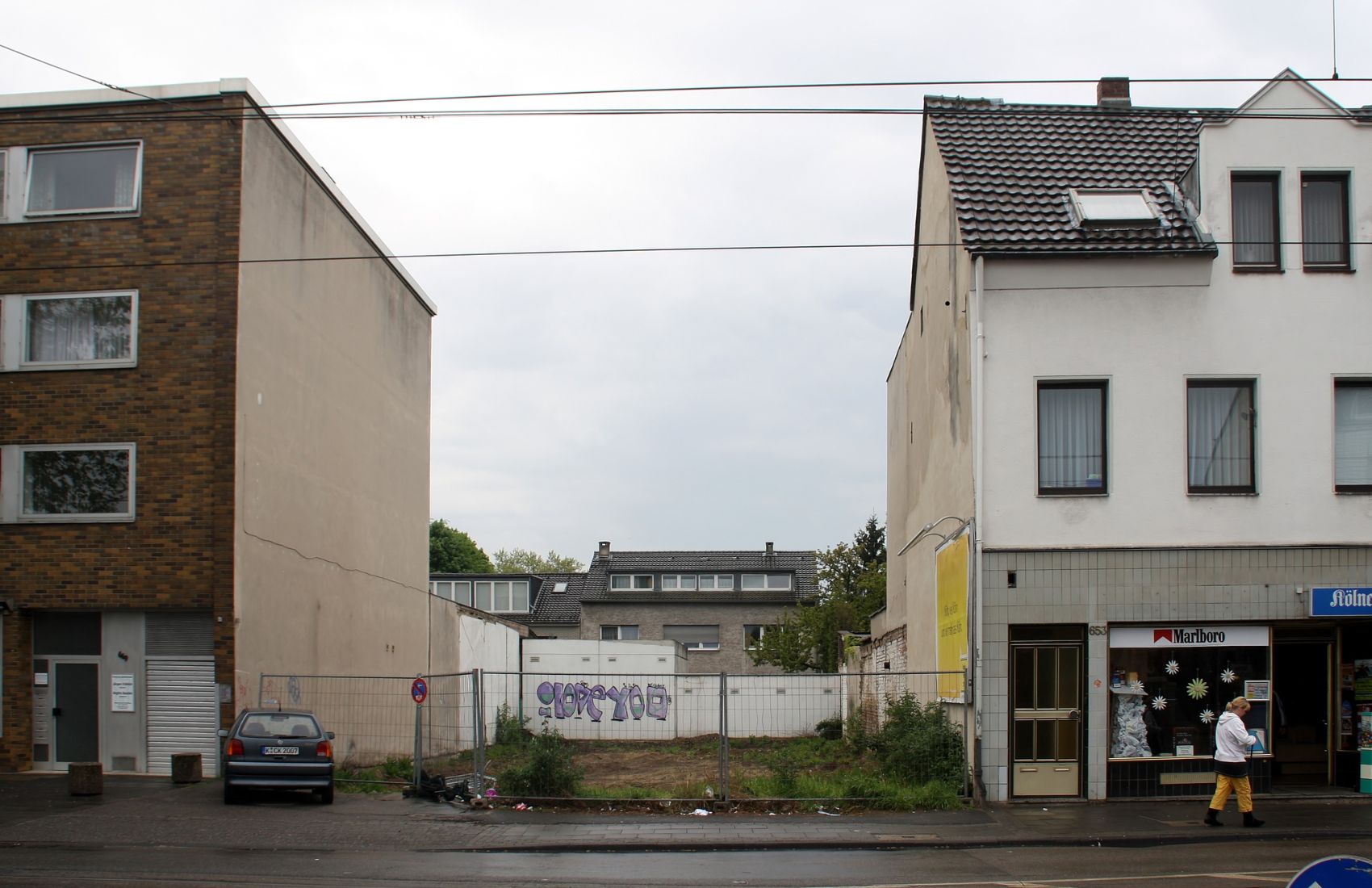
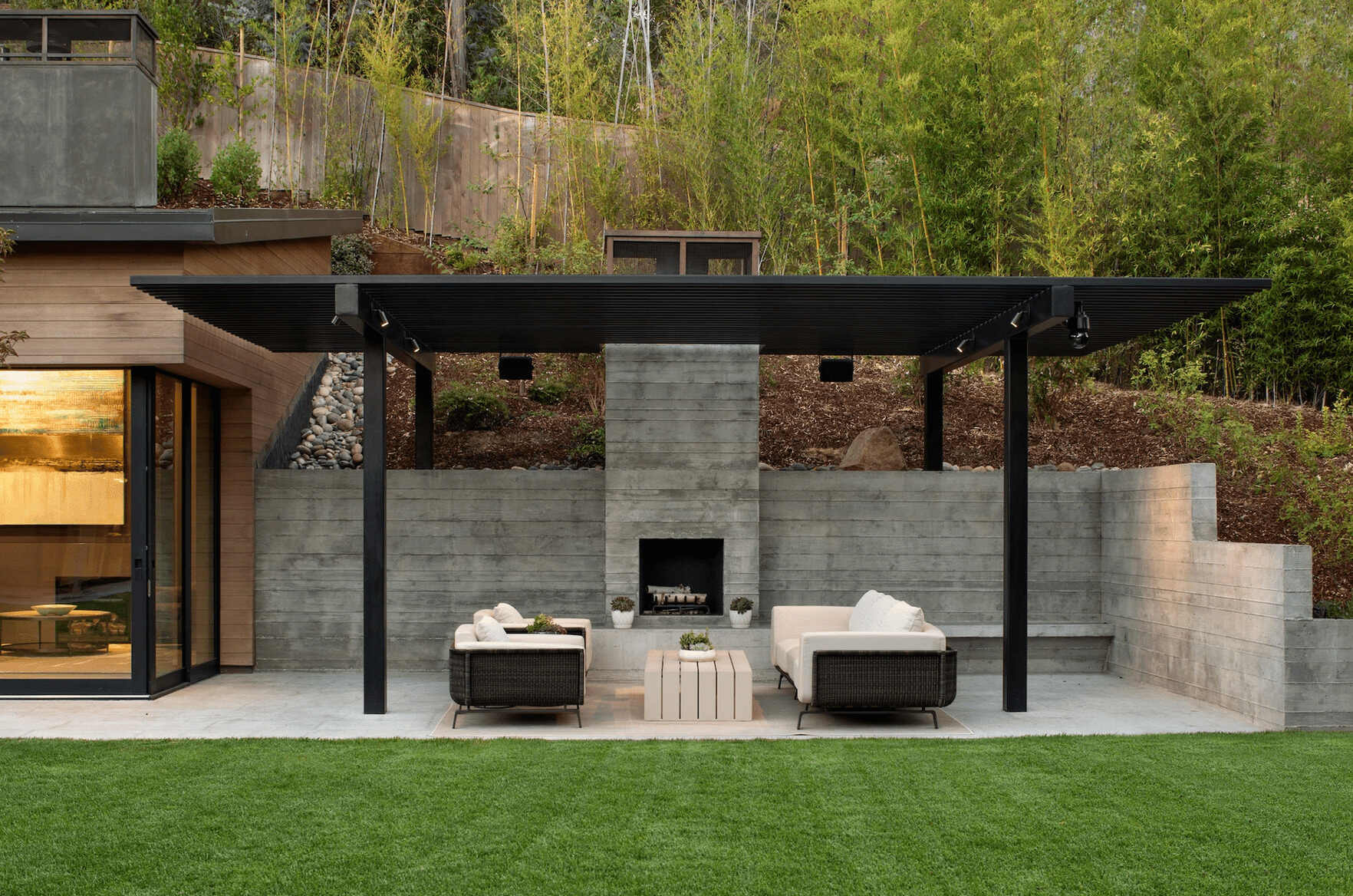
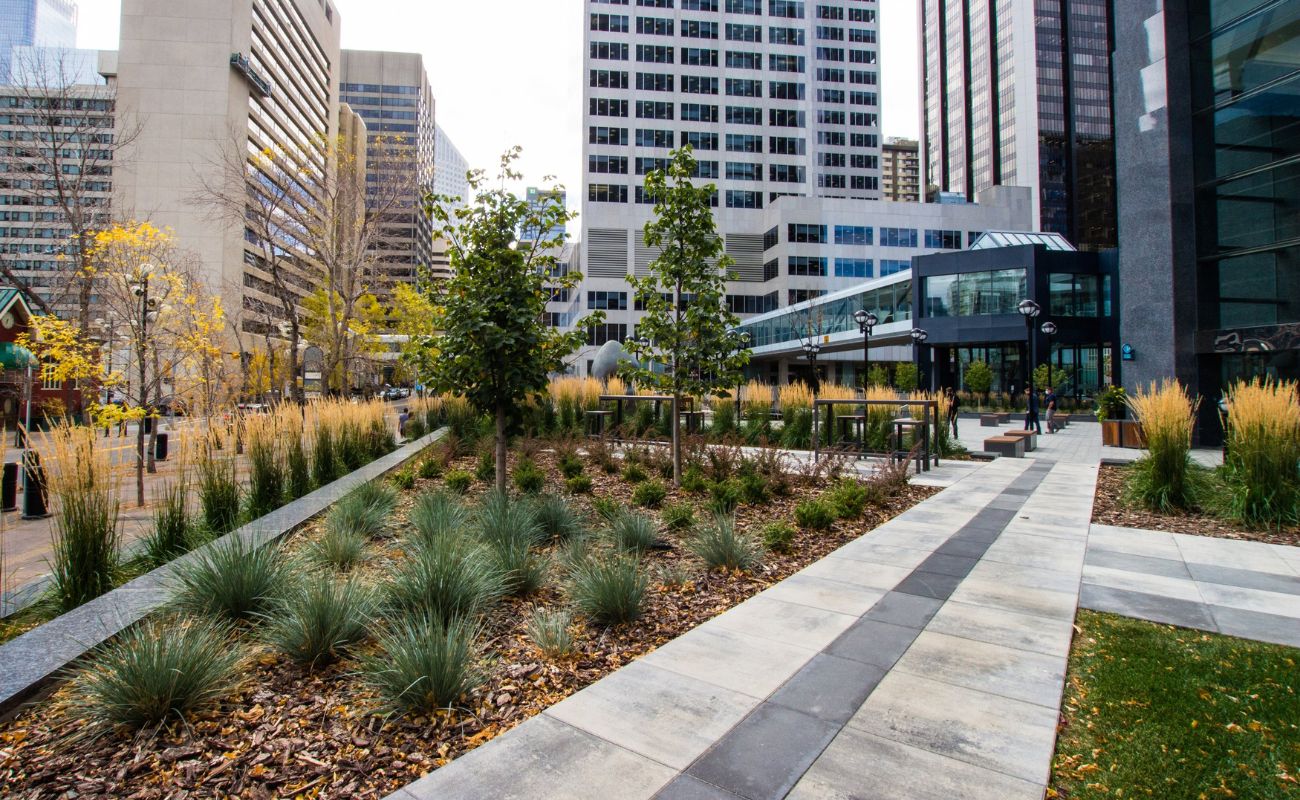
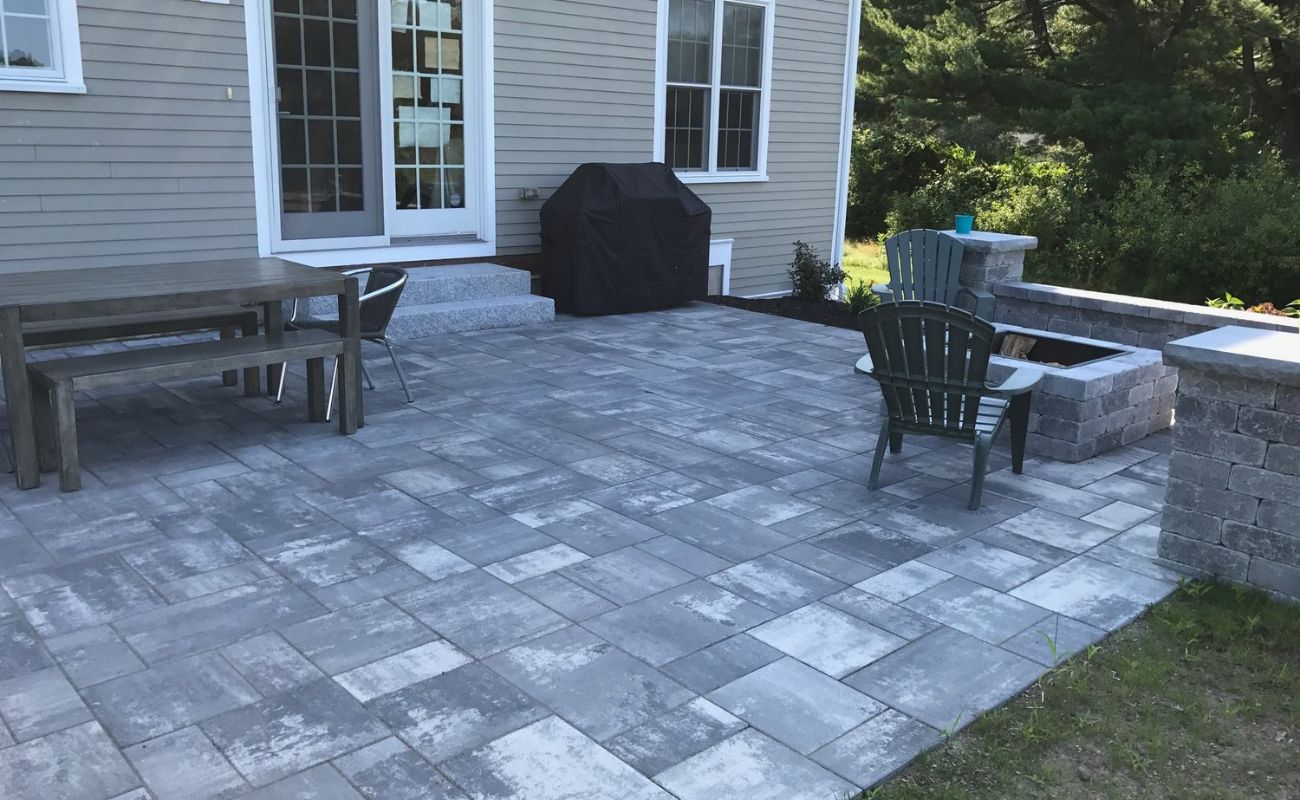
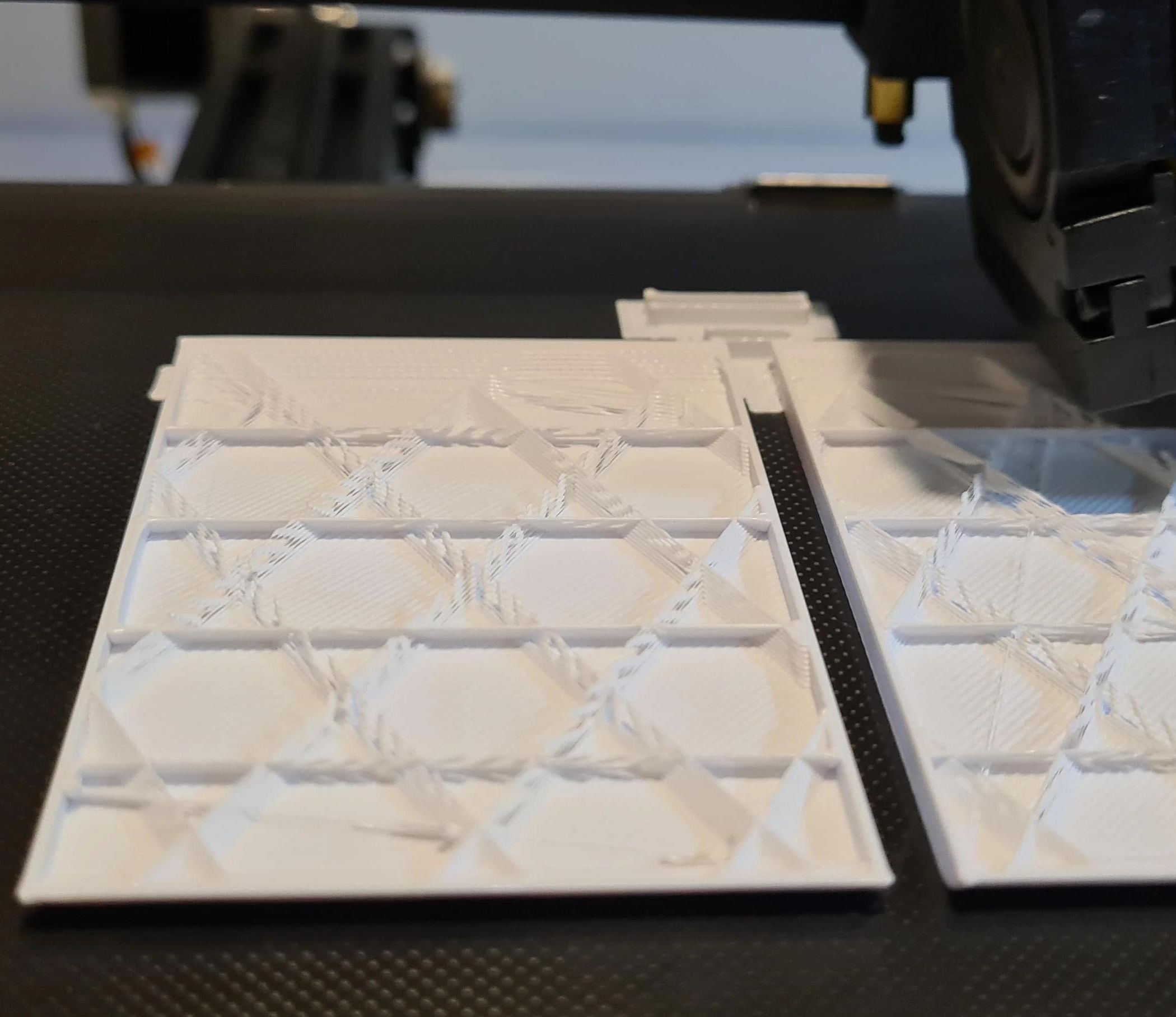
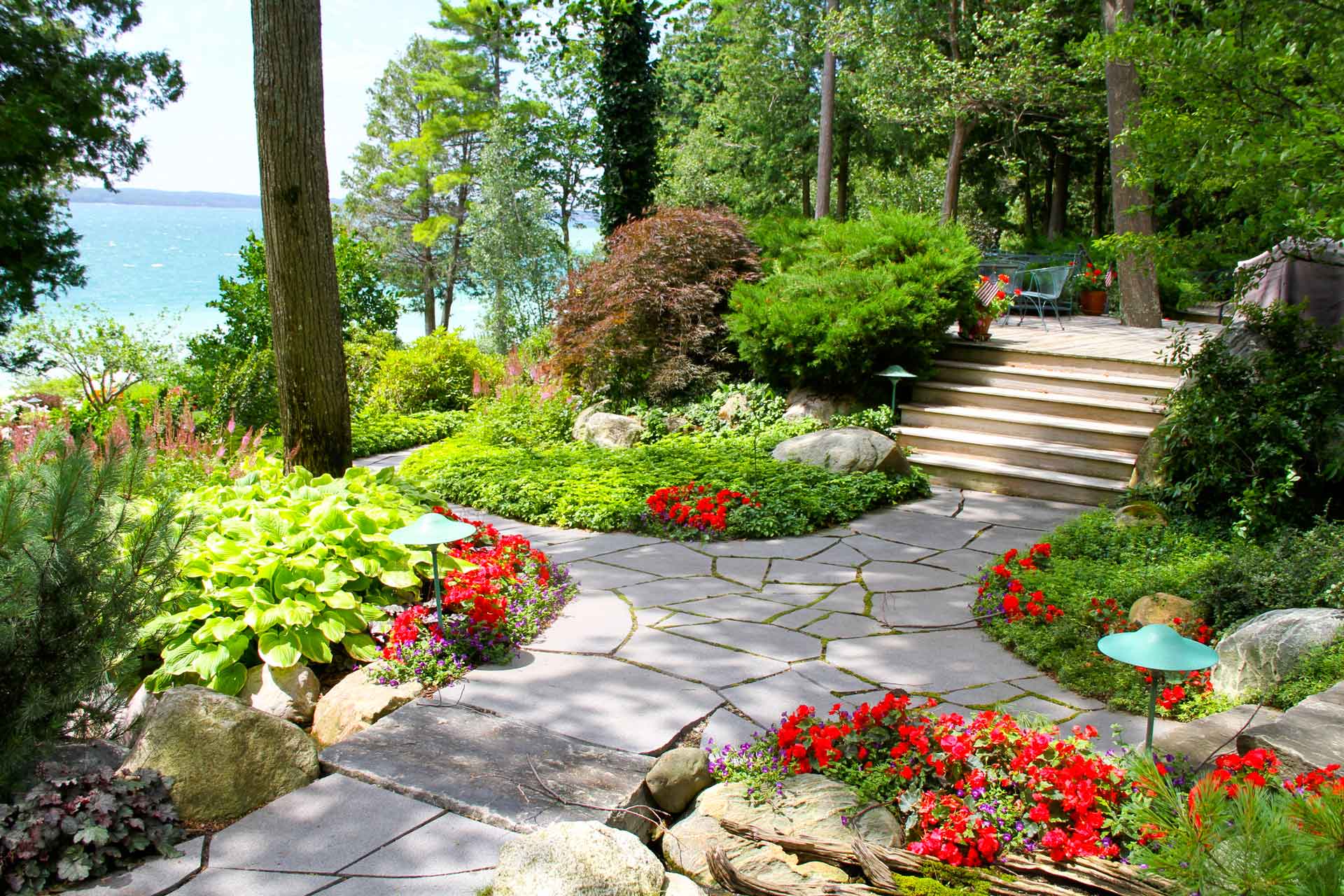
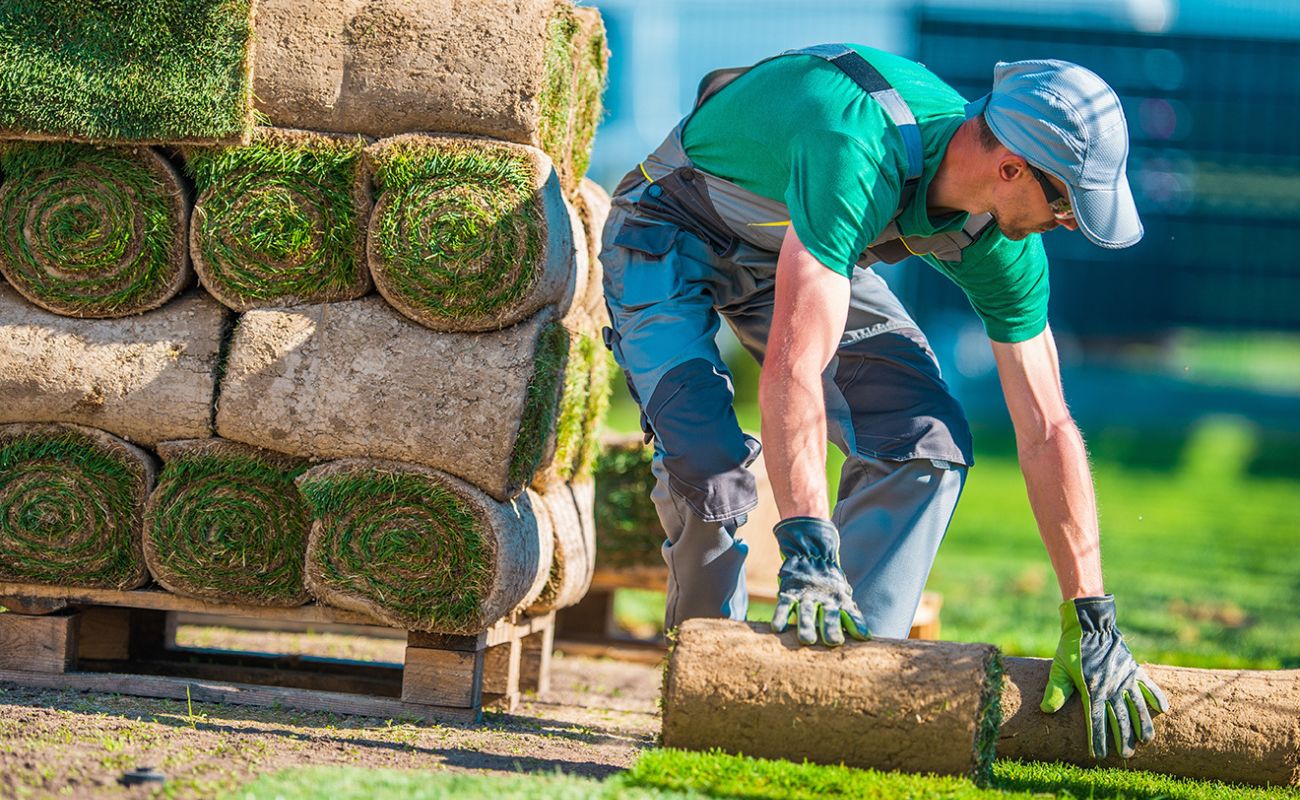


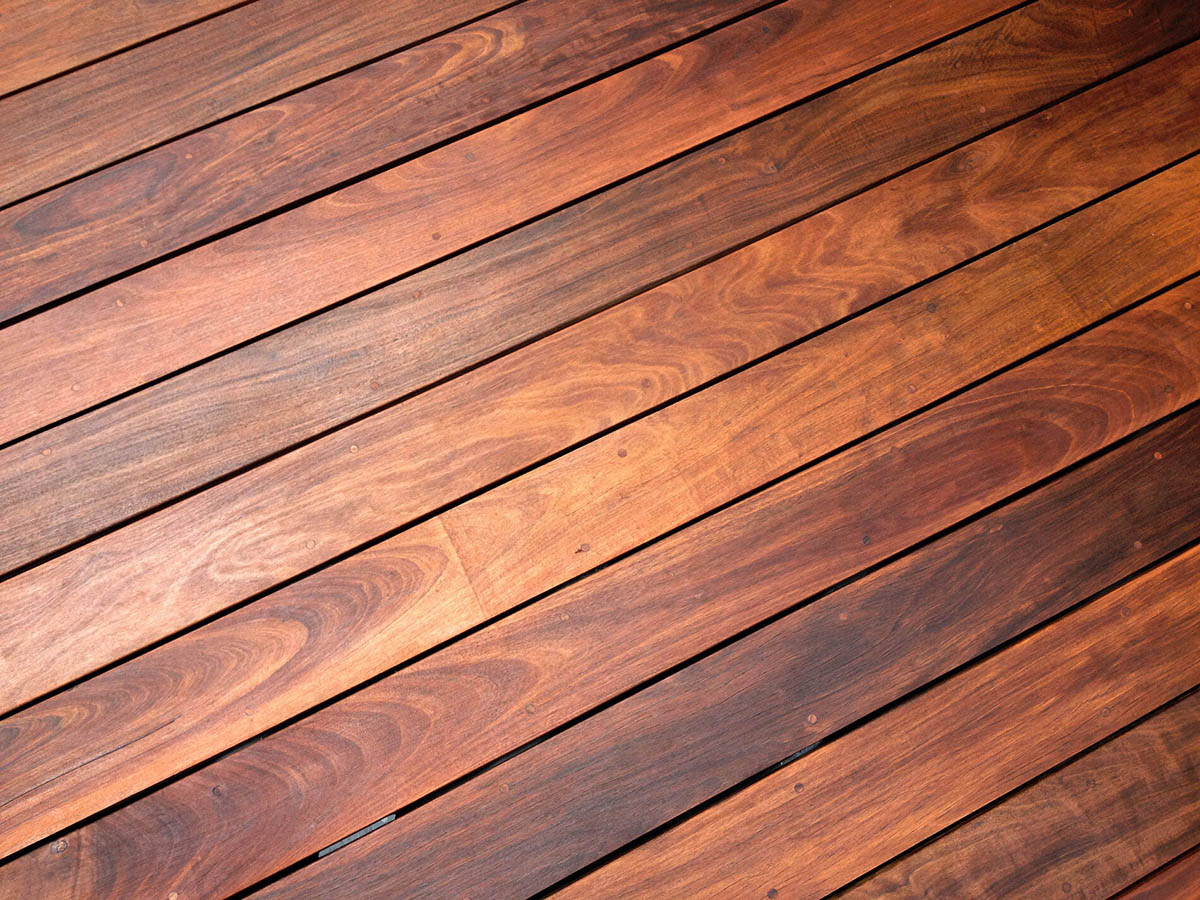
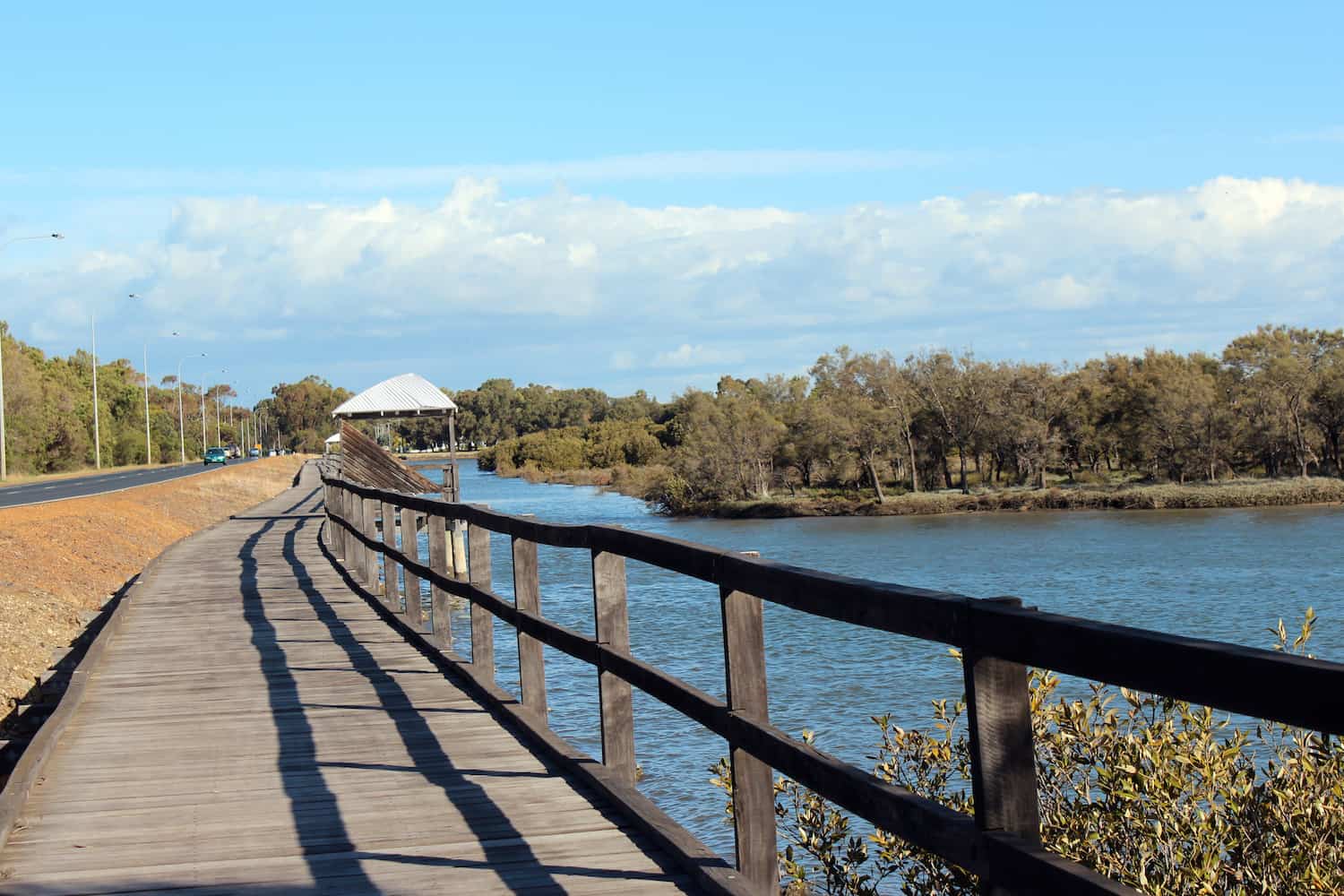
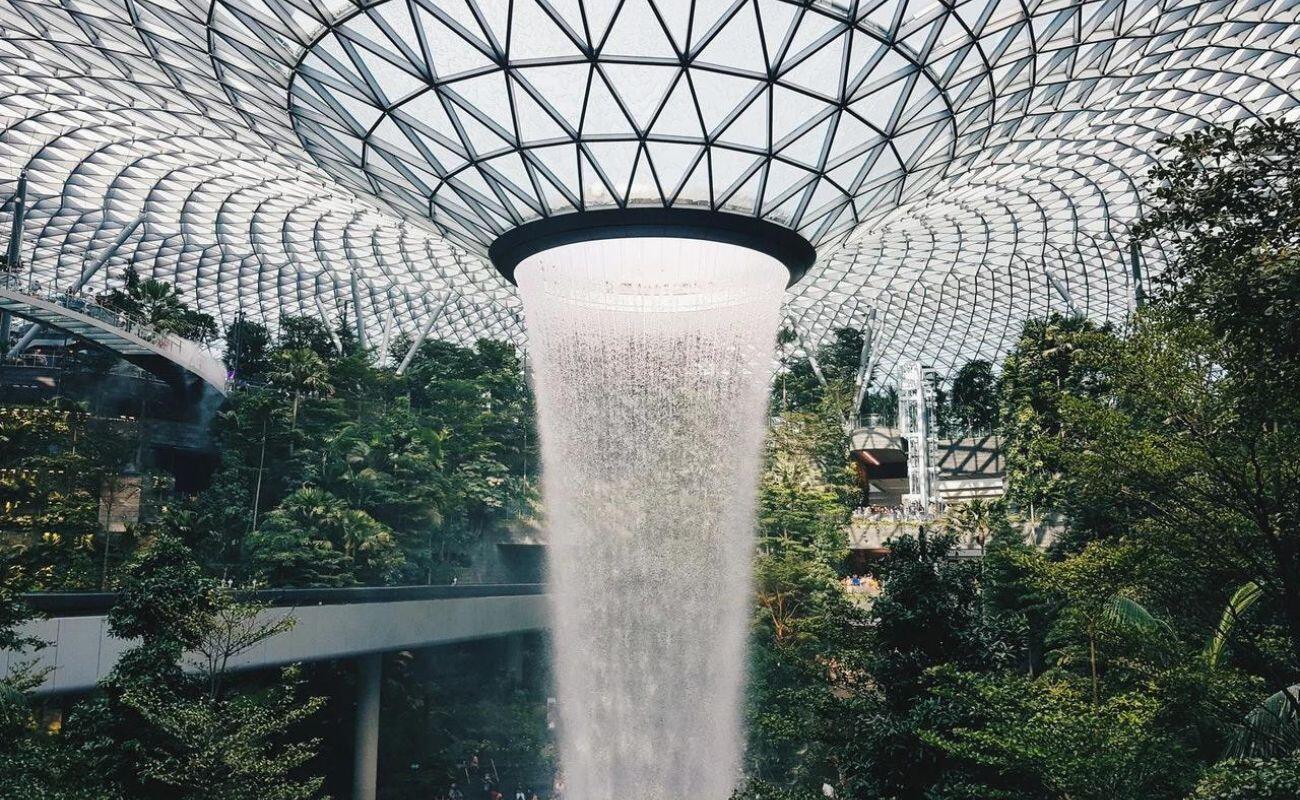
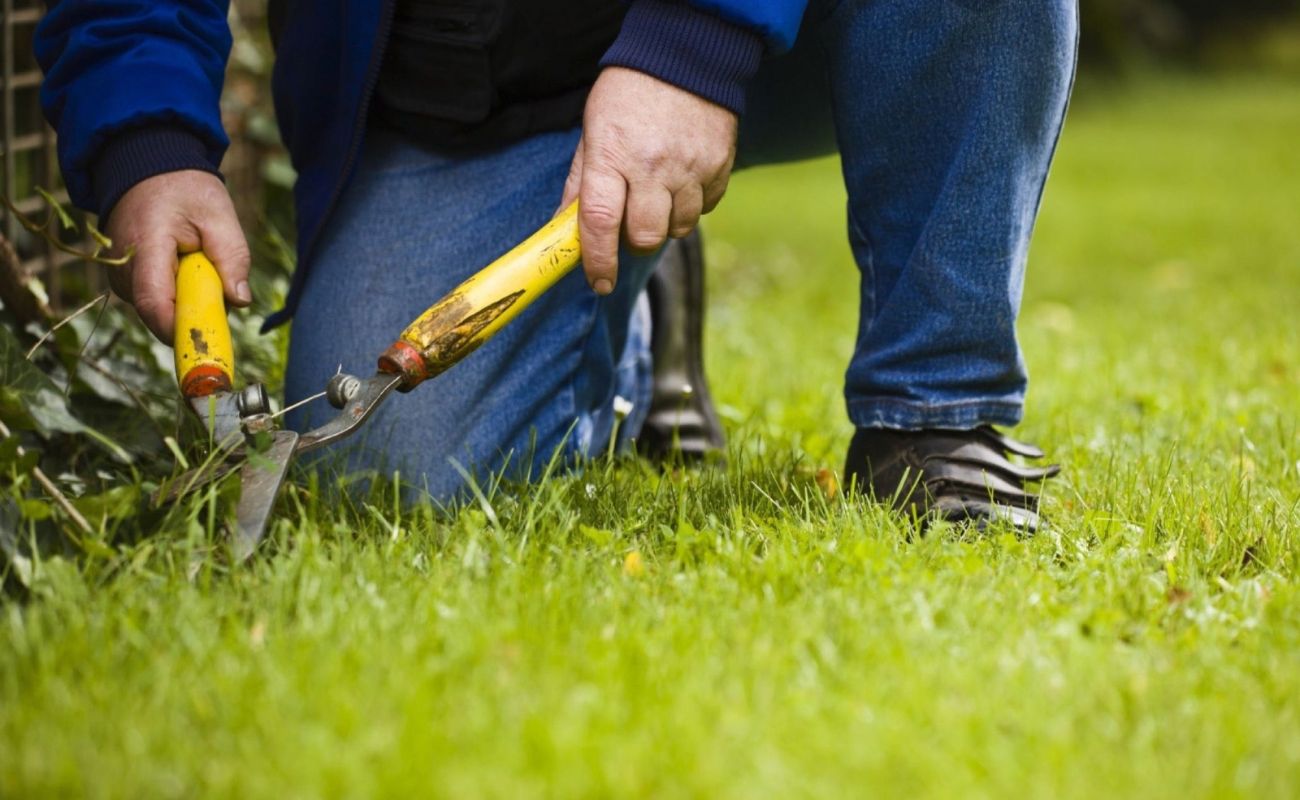
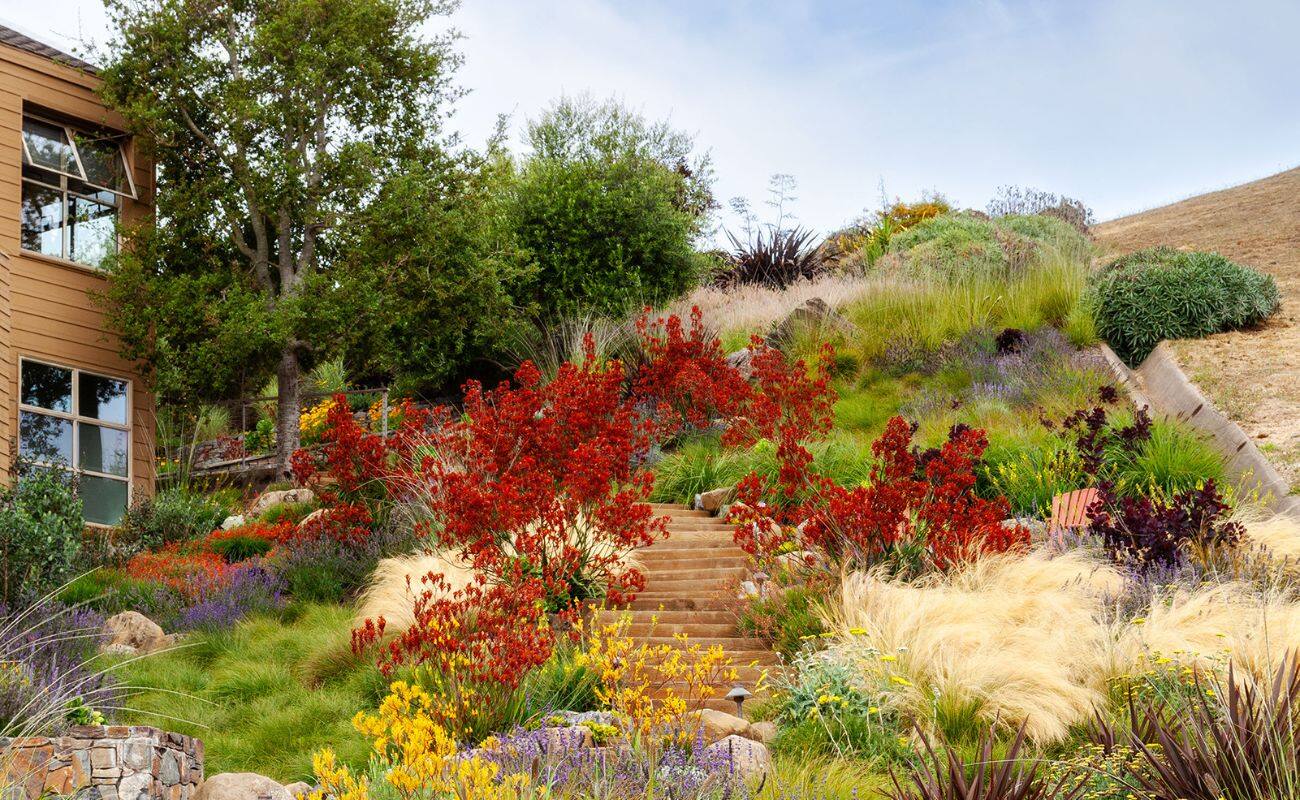

0 thoughts on “What Is Artificial Grass”